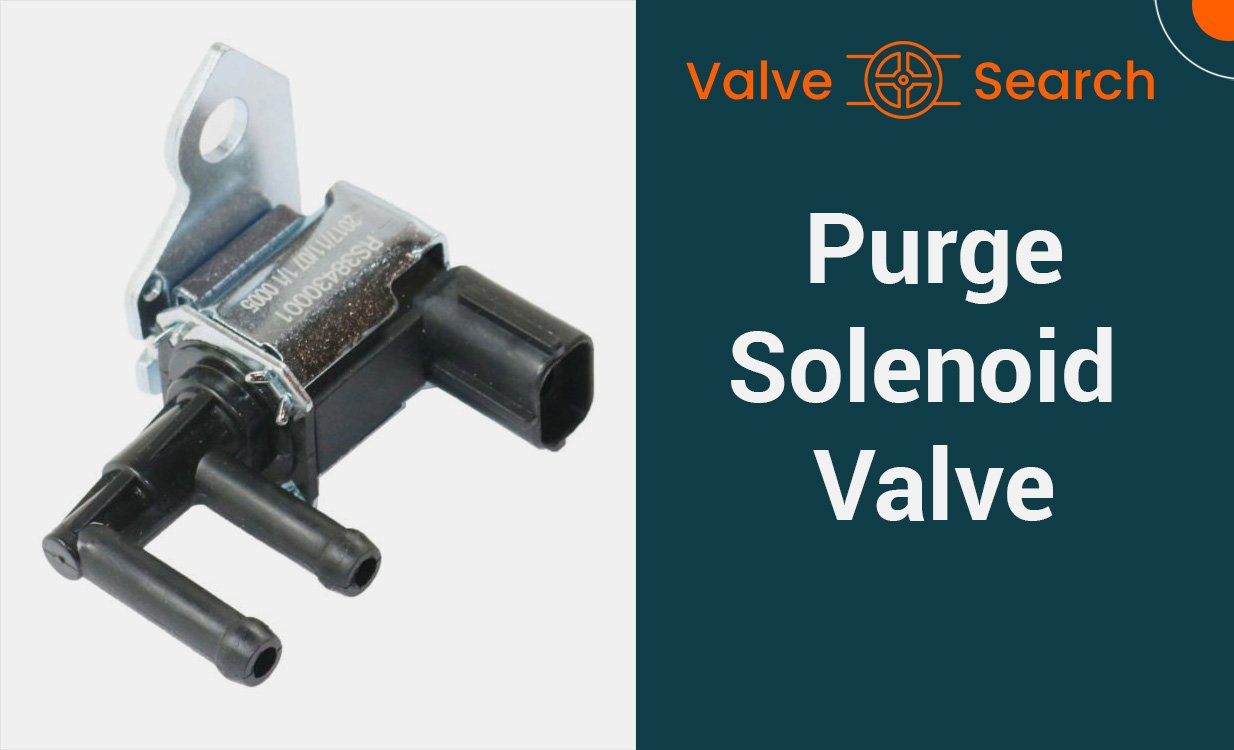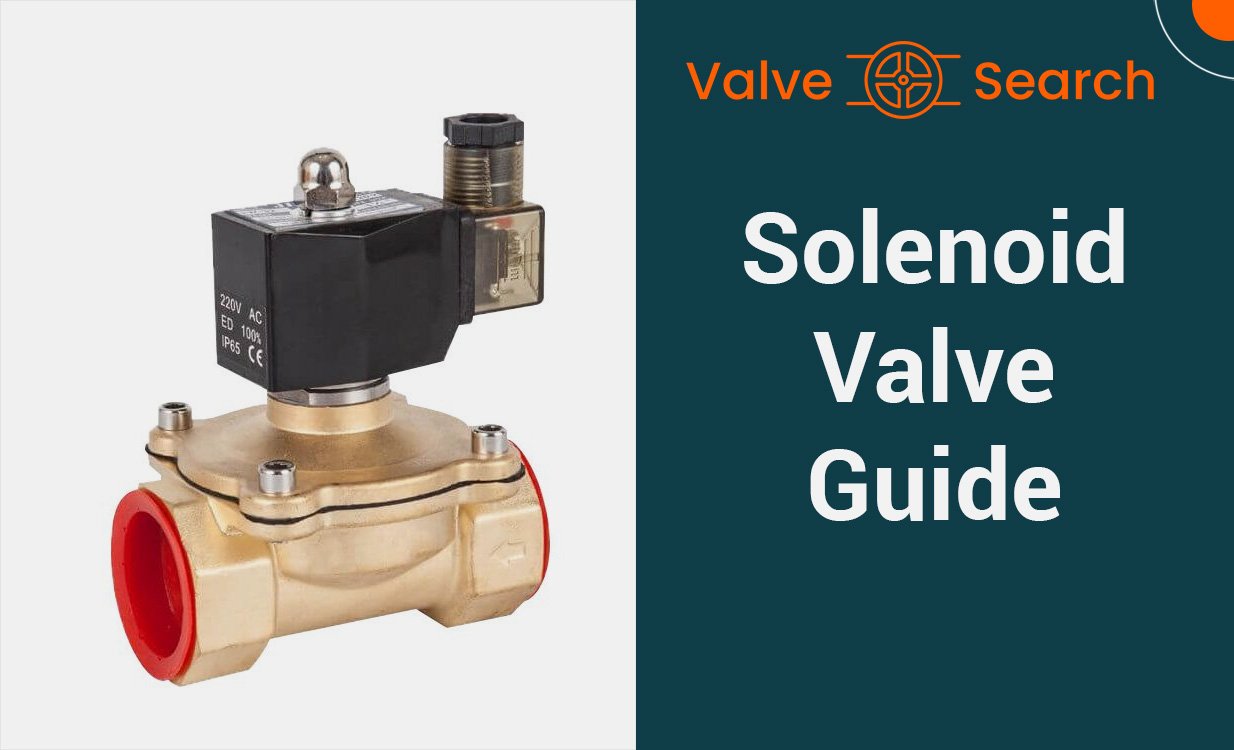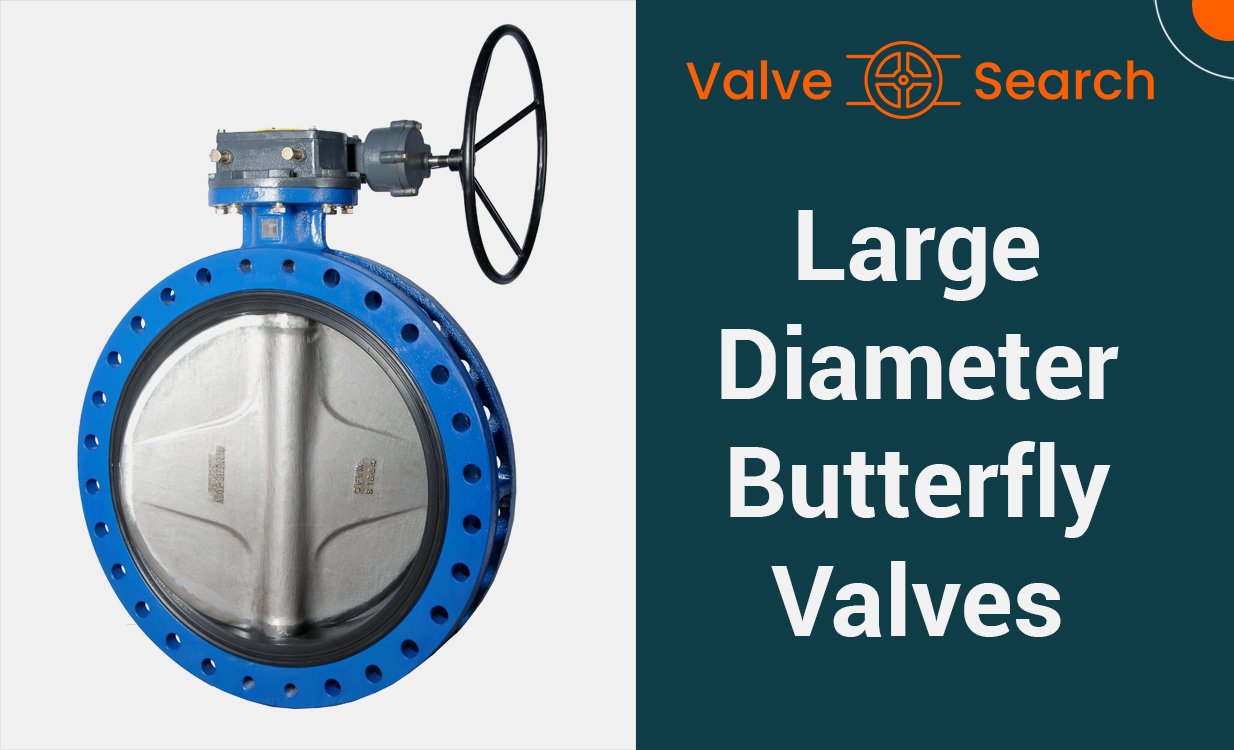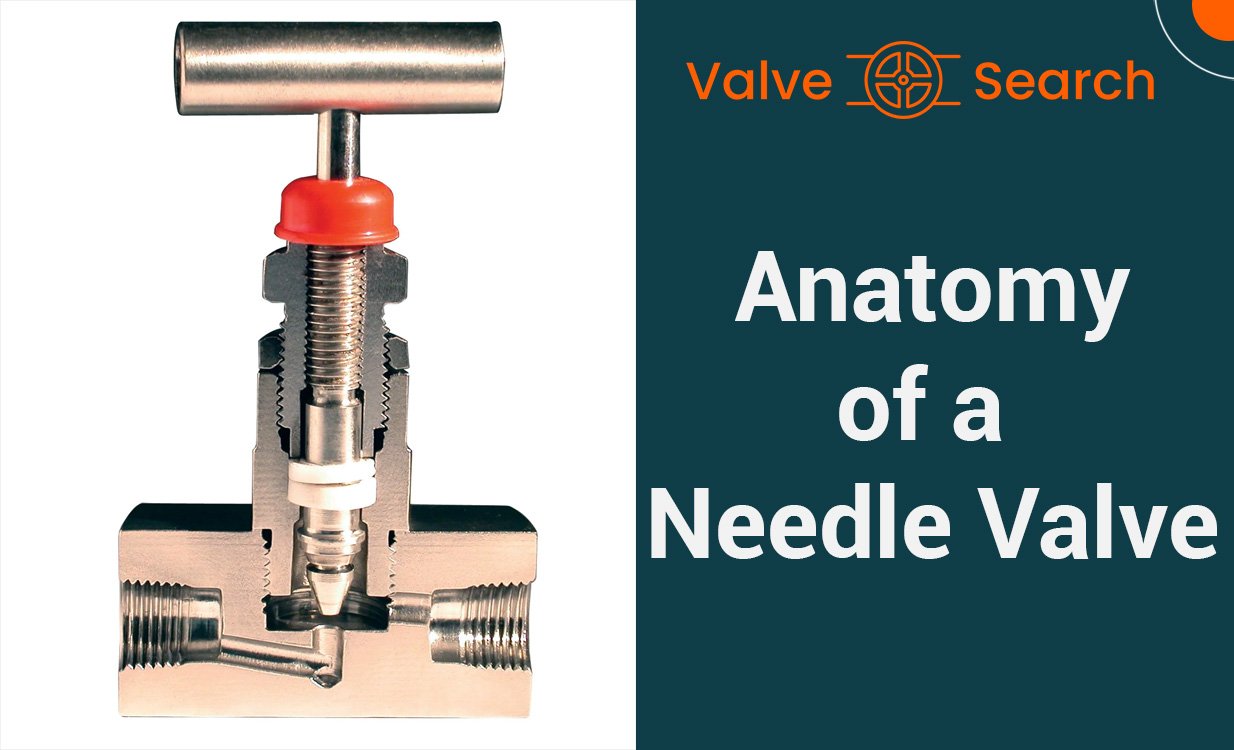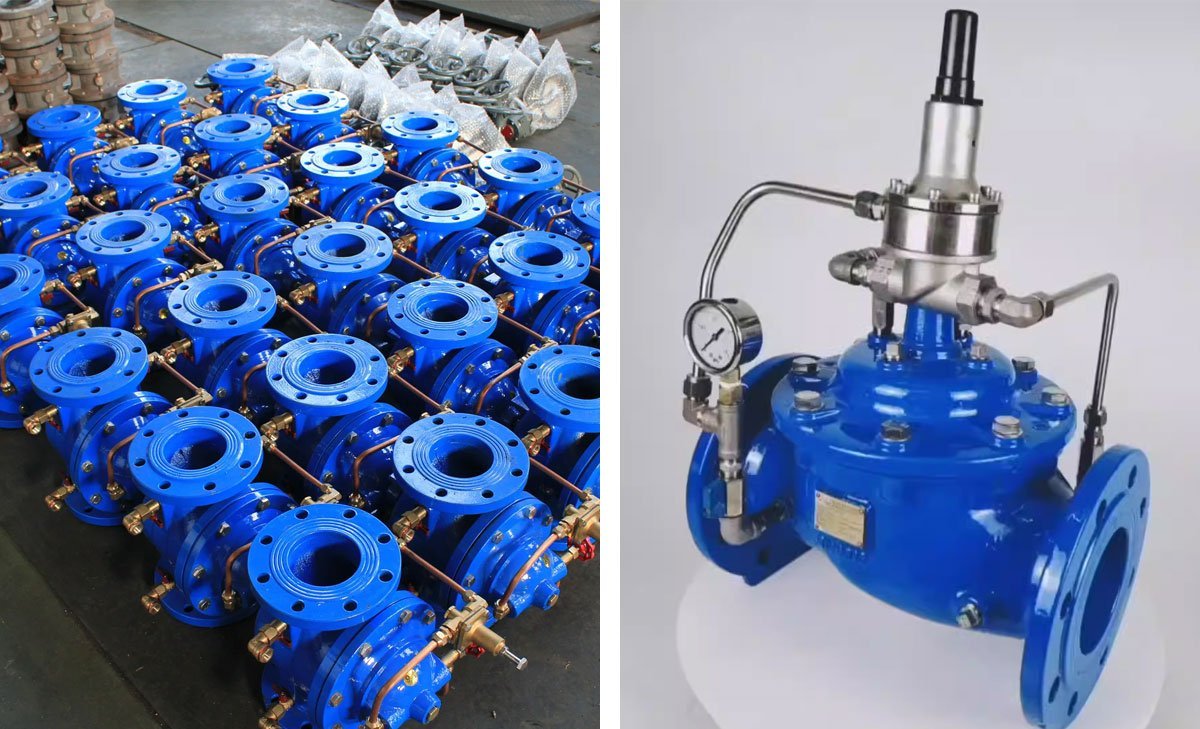Everything You Need to Know About Thermostatic Valves and Thermostatic Radiator Valves

Table of Contents
ToggleIntroduction to Thermostatic Valves
Are you tired of constantly adjusting your heating system to maintain a comfortable temperature in your home? The solution may lie in the innovative technology of thermostatic valves. In this blog post, we will explore the significance of thermostatic valves and thermostatic radiator valves in regulating room temperature with precision.
A thermostatic valve is a self-regulating valve that plays a crucial role in hot water heating systems. By controlling the flow of hot water to a radiator, it enables the adjustment of room temperature based on the desired level of comfort. This technology not only enhances the efficiency of heating systems but also provides occupants with greater control over their indoor environment.
Thermostatic radiator valves, commonly known as TRVs, are designed to automatically adjust the flow of hot water into the radiator based on the surrounding room temperature. This allows for individualized temperature regulation in different spaces, optimizing energy consumption and creating a comfortable living or working environment.
In this post, we will delve into the functionality and benefits of thermostatic valves, shedding light on how they contribute to energy efficiency, cost savings, and overall comfort in residential and commercial settings. Whether you are a homeowner looking to improve your heating system or a professional seeking insights into heating technology, this post will provide valuable information on the role of thermostatic valves in modern HVAC systems.

Understanding Thermostatic Valve
Thermostat valves are crucial components in maintaining temperature control in various heating systems. These valves function by regulating the flow of hot water, steam, or other fluids to ensure consistent and comfortable temperatures in different environments. This section will delve into the detailed workings of thermostatic valves and their diverse applications.
Function of Thermostatic Valve
The thermostatic valve operates based on the principle of temperature-sensitive elements that expand and contract in response to fluctuations in temperature. When the ambient temperature changes, the element within the valve expands or contracts, thereby adjusting the opening of the valve to control the flow of the heating medium. This mechanism enables the thermostatic valve to maintain the desired temperature within a specific range, contributing to energy efficiency and comfort.
Applications of Thermostatic Valve
Thermostatic valves find applications in a wide range of heating systems, including HVAC systems, hot water heating systems, and industrial processes. In HVAC systems, they play a vital role in regulating the temperature of air and water, enhancing indoor comfort and optimizing energy usage. Similarly, in hot water heating systems, thermostatic valves contribute to consistent water temperatures, ensuring optimal performance and user comfort. Additionally, these valves are essential in industrial processes to maintain precise operating temperatures for machinery and applications requiring controlled thermal conditions.
By understanding the functioning and applications of thermostat valves, users can appreciate their significance in achieving efficient and reliable temperature regulation across diverse heating systems and industrial processes.
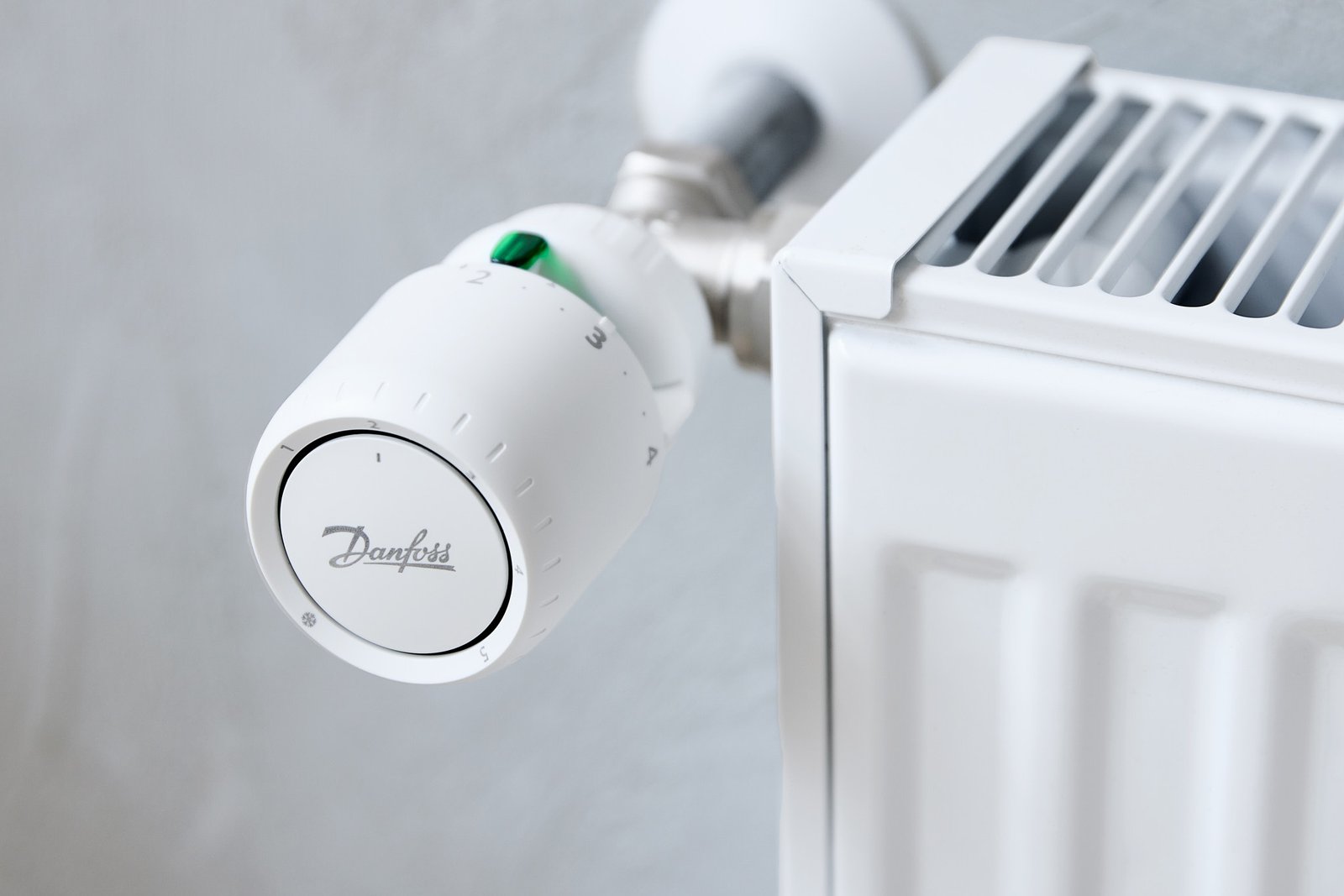
Thermostatic Radiator Valve (TRV)
A thermostatic radiator valve (TRV) is a self-regulating valve fitted to a hot water heating system radiator, designed to control the temperature of a room by altering the flow of hot water into the radiator. Let’s delve into the key components and working principle of TRVs.
Components of TRV
The key components of a thermostatic radiator valve include the thermostatic head and the valve body. The thermostatic head houses an actuator that expands and contracts with changes in temperature. As the temperature in the room fluctuates, the actuator adjusts the opening of the valve, regulating the flow of hot water into the radiator. The valve body, attached to the radiator, contains the valve disc and seat, which control the flow of water based on the position of the thermostatic head. Together, these components work in unison to maintain the desired room temperature, providing an effective means of energy management and comfort optimization.
Working Principle of TRV
A thermostatic radiator valve operates on the principle of temperature sensitivity. As the room temperature increases, the wax or liquid-filled actuator within the thermostatic head expands, exerting force on the valve mechanism to reduce the flow of hot water into the radiator. Conversely, when the room temperature decreases, the actuator contracts, allowing more hot water into the radiator to compensate for the lower temperature. This self-regulating process enables TRVs to effectively manage the heat output of radiators and maintain a consistent room temperature, contributing to energy efficiency and user comfort.
By understanding the components and working principle of TRVs, homeowners and building managers can optimize their heating systems for improved comfort and energy savings, making TRVs a valuable addition to modern heating solutions.
For more in-depth information, you can visit Thermostatic radiator valve on Wikipedia.
Benefits of Thermostatic Valves
Thermostatic valves offer numerous benefits that make them a valuable addition to any heating system. Here’s why they are essential:
Energy Efficiency
Thermostatic valves help in maintaining a consistent temperature within a room by regulating the flow of hot water into the radiator. By efficiently controlling the room temperature, they contribute to reducing energy consumption and lower heating costs.
Individual Room Control
One significant advantage of thermostatic radiator valves is the ability to control the temperature in individual rooms. This means occupants can set different temperatures in each room based on their preferences, leading to enhanced comfort and personalized heating solutions.
Increased Comfort and Flexibility
By allowing users to adjust the temperature in specific areas, these valves provide a tailored heating experience, ensuring optimum comfort for everyone in the household. This flexibility also minimizes potential disagreements over the thermostat settings, promoting a harmonious living environment.
Reduced Wastage and Environmental Impact
Thermostatic valves prevent overheating in unoccupied or less frequently used spaces, reducing energy wastage and carbon emissions. This eco-friendly feature aligns with sustainable living practices and contributes to a greener, more energy-efficient home.
Precise Temperature Control
The fine-tuned temperature control offered by thermostatic valves allows for precise adjustments according to individual preferences, creating an environment that suits the unique needs of each room’s occupants.
Cost Savings
By optimizing heating in different areas of the house, thermostatic valves can lead to cost savings on energy bills. Efficient temperature management reduces unnecessary heating, resulting in financial benefits for homeowners.
Compatibility with Smart Heating Systems
Thermostatic radiator valves are often compatible with smart heating systems, allowing for remote control and scheduling via mobile apps or digital interfaces. This seamless integration enhances convenience and control over the heating system.
Thermostatic valves offer a range of benefits that cater to both comfort and efficiency, making them a valuable asset in modern home heating systems.
Choosing the Right Thermostatic Valve
When it comes to choosing the right thermostatic valve for your heating system, there are several factors to consider to ensure optimal performance and energy efficiency. By understanding the different types of thermostatic valves and their applications, you can make an informed decision that meets your specific heating requirements. Here are some key considerations to keep in mind.
Size and Compatibility
One of the first considerations when choosing a thermostatic valve is its size and compatibility with your radiator or heating system. Different valves are designed for various types of heaters, so it’s important to select a valve that fits seamlessly with your existing setup. Pay attention to the specifications provided by the manufacturer to ensure a proper match.
Operation and Control
Thermostatic radiator valves come in both manual and automatic varieties. Manual valves require manual adjustment to regulate the temperature, while automatic valves use built-in sensors to maintain a consistent temperature. Consider your preference for control and convenience when selecting the type of valve that best suits your heating needs.
Energy Efficiency
Opting for a thermostatic radiator valve with energy-saving features can significantly impact your heating costs. Look for valves equipped with energy-efficient technologies such as temperature modulation and rapid response to changes in room temperature. Investing in an energy-efficient valve can lead to long-term savings on your heating bills.
Quality and Durability
The quality and durability of the thermostatic valve are crucial for long-term performance and reliability. Choose valves from reputable manufacturers known for their quality craftsmanship and adherence to industry standards. A durable valve will withstand the demands of regular use and contribute to the overall efficiency of your heating system.
Room-Specific Requirements
Consider the specific heating requirements of each room in your home or building. Different areas may require varying levels of heating, and having the ability to customize the temperature for each room can enhance comfort and energy management. Selecting thermostatic valves that provide room-specific control can optimize the overall heating experience.
Compatibility with Smart Systems
For those with smart home heating systems, compatibility with smart thermostatic valves is essential. Smart valves can integrate with home automation platforms, allowing for remote control and personalized scheduling. Assess whether the thermostatic valve aligns with your smart heating setup to leverage advanced features for enhanced convenience and energy efficiency.
By carefully evaluating these factors and considering the specific needs of your heating system, you can confidently choose the right thermostatic valve that aligns with your preferences for control, energy efficiency, and overall heating performance.
Installation and Maintenance
Thermostatic valves, including thermostatic radiator valves, play a crucial role in regulating temperature in various settings, such as homes, offices, and industrial facilities. Proper installation and regular maintenance are essential to ensure optimal functionality and energy efficiency.
Installation
When installing thermostatic valves, it’s important to carefully follow the manufacturer’s instructions to guarantee proper operation. Here are the key steps for installing thermostatic valves:
Selecting the Right Valve: Choose a thermostatic valve suitable for the specific application, considering factors such as valve type, size, and compatibility with the heating system.
Positioning the Valve: Install the valve in a strategic location that allows it to accurately sense and control the temperature of the surrounding area. Ensure that the valve is easily accessible for maintenance purposes.
Connection to the Heating System: Properly connect the thermostatic valve to the heating system, following the recommended guidelines provided by the manufacturer.
Testing and Calibration: After installation, conduct thorough testing to ensure the valve functions as intended. Calibration may be necessary to fine-tune the temperature control settings.
Professional Installation Services: In cases where the installation process is complex or requires specialized expertise, consider seeking professional installation services to ensure precision and accuracy.
Maintenance
Regular maintenance is essential to keep thermostatic valves in optimal condition and maximize their lifespan. The following maintenance practices are recommended:
Cleaning and Inspection: Periodically clean the valve to remove any debris or buildup that could affect its performance. Inspect the valve for any signs of wear, corrosion, or leaks.
Temperature Calibration: Verify the accuracy of temperature control settings and adjust as needed to ensure consistent and precise operation.
System Checks: In addition to the valve itself, regularly inspect the entire heating system to identify any potential issues that could impact the performance of the thermostatic valve.
Professional Service: Consider scheduling professional maintenance services to conduct in-depth inspections, cleaning, and adjustments, especially for complex or large-scale heating systems.
By adhering to proper installation procedures and implementing regular maintenance protocols, the effectiveness and longevity of thermostatic valves, including thermostatic radiator valves, can be significantly enhanced, contributing to efficient temperature control and energy conservation.
Conclusion
Understanding the importance of thermostatic valves and thermostatic radiator valves in maintaining precise control over room and water temperatures can significantly impact energy efficiency and user comfort. With innovations and advancements in valve technology, modern homes and buildings can benefit from the ability to regulate heating systems effectively, reducing energy wastage and optimizing thermal comfort.
Key Takeaways
Thermostatic valves and thermostatic radiator valves play a crucial role in regulating the temperature of heating systems, ensuring a comfortable environment while promoting energy efficiency.
By enabling precise temperature control, these valves contribute to the efficient use of energy and reduce overall heating costs.
With an evolving market offering a variety of thermostatic valve options, it’s important for consumers to understand the functionality and benefits of different types, allowing them to make informed decisions for their heating systems.
The adoption of thermostatic valves and thermostatic radiator valves aligns with the growing emphasis on sustainable and energy-efficient building practices, making them integral components of modern HVAC systems.


